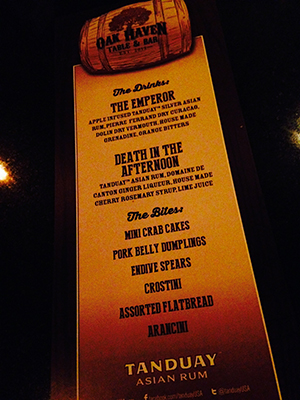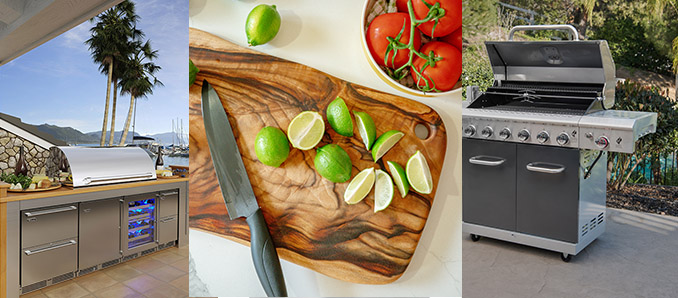Managing Operations in a Foodservice Establishment or Retail Food Store Continue to follow established food safety protocols and best practices for retail food establishments and important COVID-19 recommendations by the FDA, including the following:
Follow the 4 key steps to food safety: Always — Clean, Separate, Cook, and Chill.
Wash, rinse, and sanitize food contact surfaces dishware, utensils, food preparation surfaces, and beverage equipment after use.
Frequently disinfect surfaces repeatedly touched by employees or customers such as door knobs, equipment handles, check-out counters, and grocery cart handles, etc.
Frequently clean and disinfect floors, counters, and other facility access areas using EPA-registered disinfectants.
Prepare and use sanitizers according to label instructions.
When changing your normal food preparation procedures, service, delivery functions, or making staffing changes, apply procedures that ensure:
Cooked foods reach the proper internal temperatures prior to service or cooling.
Hot foods are cooled rapidly for later use — check temperatures of foods being cooled in refrigerators or by rapid cooling techniques such as ice baths and cooling wands.
The time foods being stored, displayed, or delivered are held in the danger zone (between 41°F and 135°F) is minimized.
Proper training for food employees with new or altered duties and that they apply the training according to established procedures.
Help customers maintain good infection control and social distancing by:
Discontinuing operations, such as salad bars, buffets, and beverage service stations that require customers to use common utensils or dispensers.
Finding ways to encourage spacing between customers while in line for service or check out in accordance with the applicable State or local requirements.
Discouraging customers from bringing pets — except service animals — into stores or waiting areas.
Continue to use sanitizers and disinfectants for their designed purposes.
Verify that your ware-washing machines are operating at the required wash and rinse temperatures and with the appropriate detergents and sanitizers.
Remember that hot water can be used in place of chemicals to sanitize equipment and utensils in manual ware-washing machines.
If you donate food to food recovery or charitable organizations, check for State and local guidelines.
Managing Food Pick-Up and Delivery
Observe established food safety practices for time/temp control, preventing cross contamination, cleaning hands, no sick workers, and storage of food, etc.
Have employees wash hands often with soap and water for at least 20 seconds, especially after going to the bathroom, before eating, after blowing their nose, coughing or sneezing, or after touching high touch surfaces, e.g., doorknobs, and doorbells.
If soap and water are not readily available, use an alcohol-based hand sanitizer with at least 60% alcohol. Always wash hands with soap and water if hands are visibly dirty.
Increase the frequency of cleaning and disinfecting of high-touch surfaces such as counter tops and touch pads and within the vehicle, by wiping down surfaces using a regular household cleaning spray or wipe.
Make sure to read the label and follow manufacturer’s instructions on use.
Establish designated pick-up zones for customers to help maintain social distancing.
Practice social distancing when delivering food, e.g., offering “no touch” deliveries and sending text alerts or calling when deliveries have arrived.
Conduct an evaluation of your facility to identify and apply operational changes in order to maintain social distancing if offering take-out/carry-out option by maintaining a 6-foot distance from others, when possible.
Keep hot foods hot and cold foods cold by storing in appropriate transport vessels.
Keep cold foods cold by keeping enough coolant materials, e.g., gel packs.
Keep hot foods hot by ensuring insulated cases are properly functioning.
Keep foods separated to avoid cross contamination, e.g., keeping raw foods separated from cooked and ready-to-eat foods.
Ensure that any wrapping and packaging used for food transport is done so that contamination of the food is prevented.
Routinely clean and sanitize coolers and insulated bags used to deliver foods.







